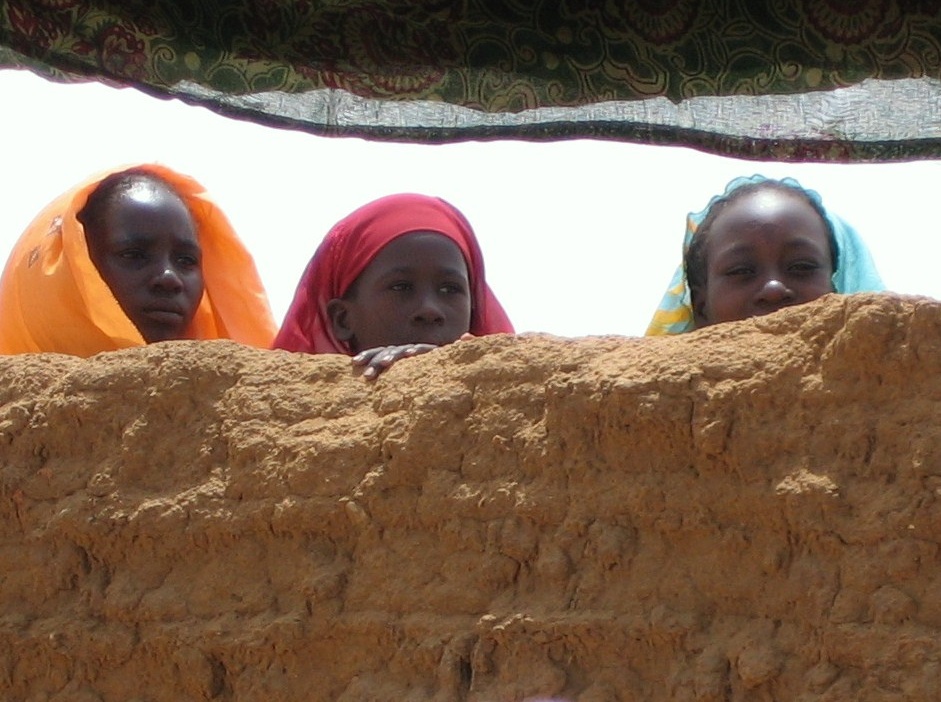
Southern Sudan's Interim Constitution, which came into effect in 2005, stipulates a 25 percent quota for women's participation across all levels of regional and national government. Six years later, in the wake of a referendum that will give the south full independence, women hold 19 percent of the positions in the south's legislative assembly. And those favoring a new southern nation say women will see this number go up under independence.
But making women's participation meaningful will require much more than the numerical assignment of formal positions. Angelina Teny, one of the most prominent women in southern Sudanese political life—she is married to the region's vice president and ran for the governorship of Unity state last year—worries that people have come to see 25 percent as an end in itself, rather than a goal meant to help address the many issues that have traditionally prevented women from participating in governance. "To my mind, a meaningful five percent is better than a window dressing twenty-five percent," she said. "And, sometimes, it does feel like window dressing."
The discussion about the role of women in Sudanese politics comes at a challenging time in the soon-to-be independent nation's history. Many here frame the 22-year war with the northern government in Khartoum as a struggle to maintain their traditional identity against enforced Arabization and Islamization. And, since the war ended in 2005, "tradition" has often been raised as a defense against changes that would bring women into roles historically held by men. As Margaret Mathew Mathiang, regional under-secretary for the Ministry of Gender, Child and Social Welfare, notes, "Men are running away from the new reality by concluding that the status quo represents 'tradition.'" For example, Teny's male competitor in the Unity governor's race won, but the validity of his victory remains a matter of dispute. According to a local journalist who covered the election, "The [southern government] decided that, at this sensitive point in our history, it was better for the security of the state to have a man in charge."
One of the most significant "traditional" barriers to women's participation is lack of education. Ninety-two percent of women in southern Sudan cannot read or write. The high rate of illiteracy is partly a product of the war, which halted the education of both men and women. But, even in peacetime, discrimination against girls in school remains strong.
Girls bring their families wealth, usually in the form of cattle, due to the dowry system. Weighing the choice between the costs of keeping a daughter in school versus the benefits of marrying her off, families in impoverished rural communities usually choose the latter. And, as is the case world-wide, early marriage correlates strongly with early school dropout.
Granted, there have been some efforts to better educate young women. A song called "Let Girls Go to School" plays repeatedly on government radio. And legislation passed by the southern assembly in 2008 states, "Every female child has a right to be protected against … early and forced marriage." It also set the marriageable age at 18 years. The problem, says Under-Secretary Mathiang, is that the law is not enforced. According to the Sudan Household Survey, conducted jointly by the northern and southern governments, Unity state has the highest rate of early marriage in all of Sudan: 24 percent of girls are married before the age of 15, and 57 percent married before 18.
At a traditional court hearing in the Unity state capital of Bentiu earlier this month, eleven chiefs gathered together in a circle under a tree to deliberate over a case in which a man had had sex with a 14-year-old girl. ("In another country, I think you would call this defilement," the court clerk told me.) The family of the girl had demanded that the man now marry their daughter, and the question before the chiefs was how many cattle he should pay them for the dowry. Wooden sticks, representing cows, were moved between the chiefs, as they tried to decide on the right number. The girl, stone-faced, sat outside the circle of men deciding how much she was worth.
But there were two women sitting inside the circle, though they remained quiet throughout the proceedings. I asked the clerk about their role. "They are there for the twenty-five percent," he said.
- View this story on Pulitzer Center







